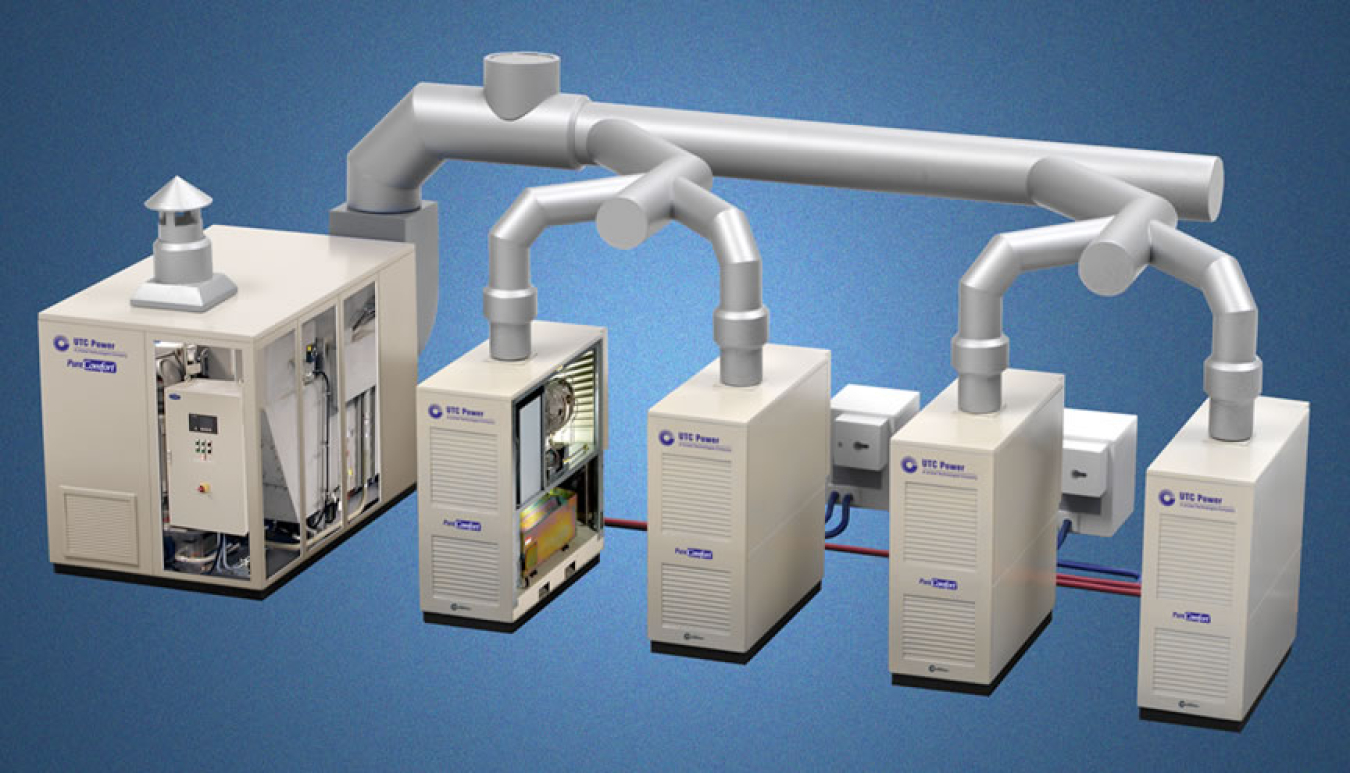The Clean Energy Manufacturing Initiative (CEMI) recently kicked off its new Technologist in Residence (TIR) pilot at an event at Argonne National ...
Office of Critical Minerals and Energy Innovation
December 30, 2015
Argonne National Laboratory and Capstone Turbine Corporation are exploring using microturbines in combined heat and power (CHP) systems. In the power sector, distributed energy technologies can more than double electric system efficiency through the use of CHP systems that capture and use waste heat productively instead of venting into the atmosphere. Photo credit: Oak Ridge National Laboratory.
Earlier this month, the Clean Energy Manufacturing Initiative (CEMI) kicked off its new Technologist in Residence (TIR) pilot at an event at Argonne National Laboratory convening the pilot’s seven competitively selected technologist pairs, Energy Department officials, and national lab representatives.
With technology focus areas ranging from sustainable data centers to additive manufacturing (better known as 3D printing), this two-year, $2.6 million pilot program is designed to strengthen U.S. clean energy manufacturing competitiveness and enhance the commercial impact of the Energy Department’s national laboratories. Ultimately, TIR has two main objectives: to bring ideas from some of the nation’s top scientists into the global market by developing long-term national lab-industry partnerships and establishing a network of lab resources to address industry’s challenges in manufacturing clean energy technologies; and to optimize industry’s ability to leverage the expertise and assets of the national labs moving forward.
The December 1 event provided an engaging forum for open dialogue between the TIR recipients and lab representatives on research topics of mutual interest to explore as the pilot gets underway. It marked a strong first step in TIR’s mission to give the industry awardees access to resources from across the national labs, offering them an opportunity to discuss in detail their objectives for the pilot and greater long-term engagement with the labs. There was a palpable sense of excitement at the event as technologist pairs discussed their projects and TIR’s innovative model for solving persistent problems in clean energy manufacturing.
One of the pilot’s selected pairs, a principal research engineer in Argonne’s Energy Systems division and a senior technologist from Capstone Turbine Corporation, will focus on microturbine combined heat and power systems. Capstone has the potential to bring big benefits to the market and environment with its microturbine power generation systems. But with limited research and development resources, technical issues stand in its way. Through TIR, the technologist pair will explore solutions—such as the development of low-cost combustion control systems—that leverage Capstone’s expertise in microturbines and national lab resources such as supercomputers and advanced analytical tools.
But under the TIR pilot, the technologists’ work will not stop at one joint R&D project plan. Attendees of the TIR meeting also discussed the importance of developing strategies for future collaborative efforts between the national labs and industry based on companies’ R&D needs. The question of how, exactly, to facilitate these collaborative efforts in the future is a challenging question that TIR recipients are seeking to answer under the pilot program. What mechanisms would shorten the approval process timeline for future collaborative R&D and technology transfer agreements between labs and private companies? What long-term, sustainable partnership models would better facilitate lab-industry engagement to benefit technology commercialization?
The TIR pilot aims to uncover valuable insights that will answer these big questions in the coming months. And CEMI looks forward to observing how new TIR-grown collaborative processes and their resulting R&D will impact the future of clean energy manufacturing innovation in America.


